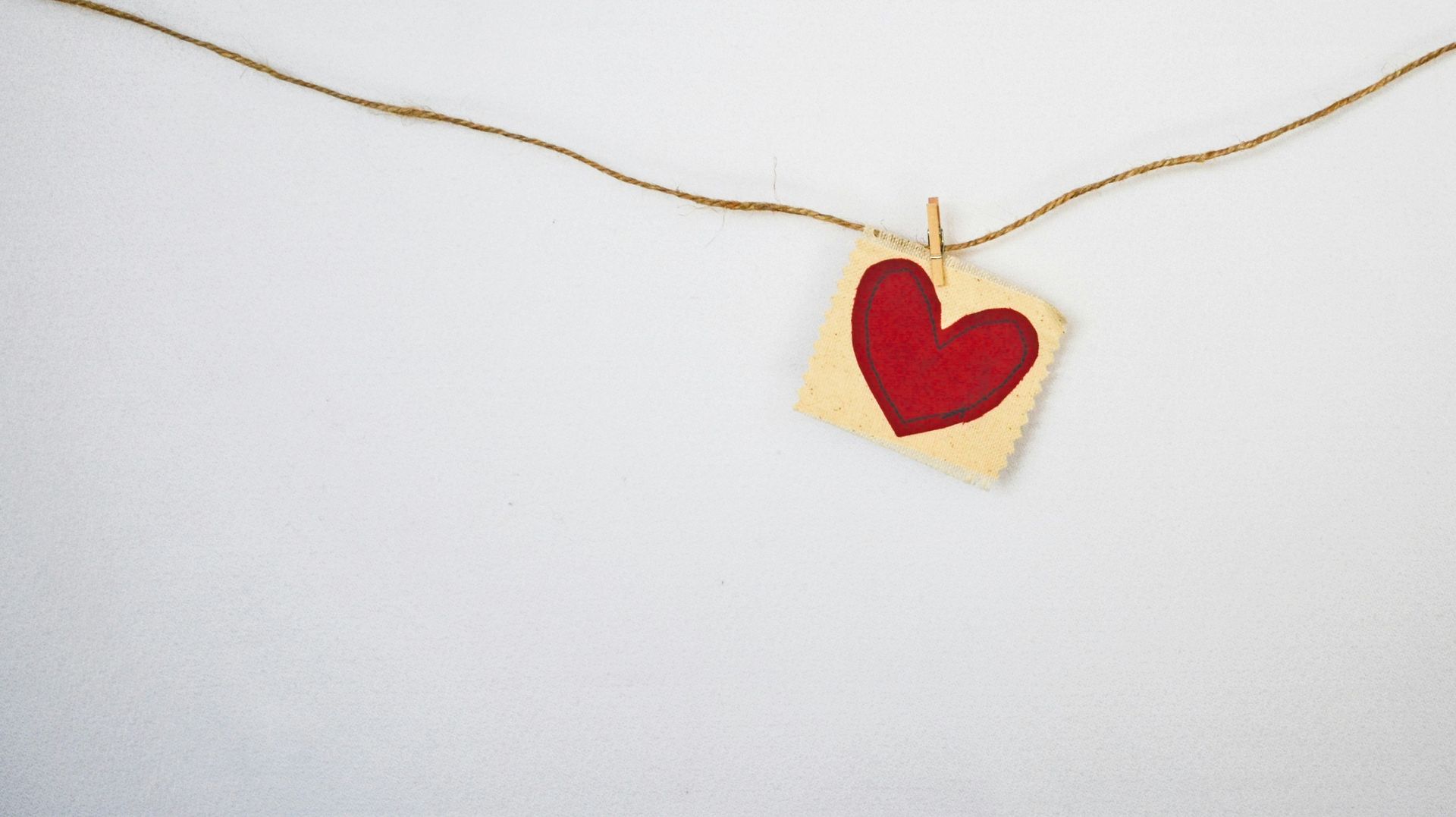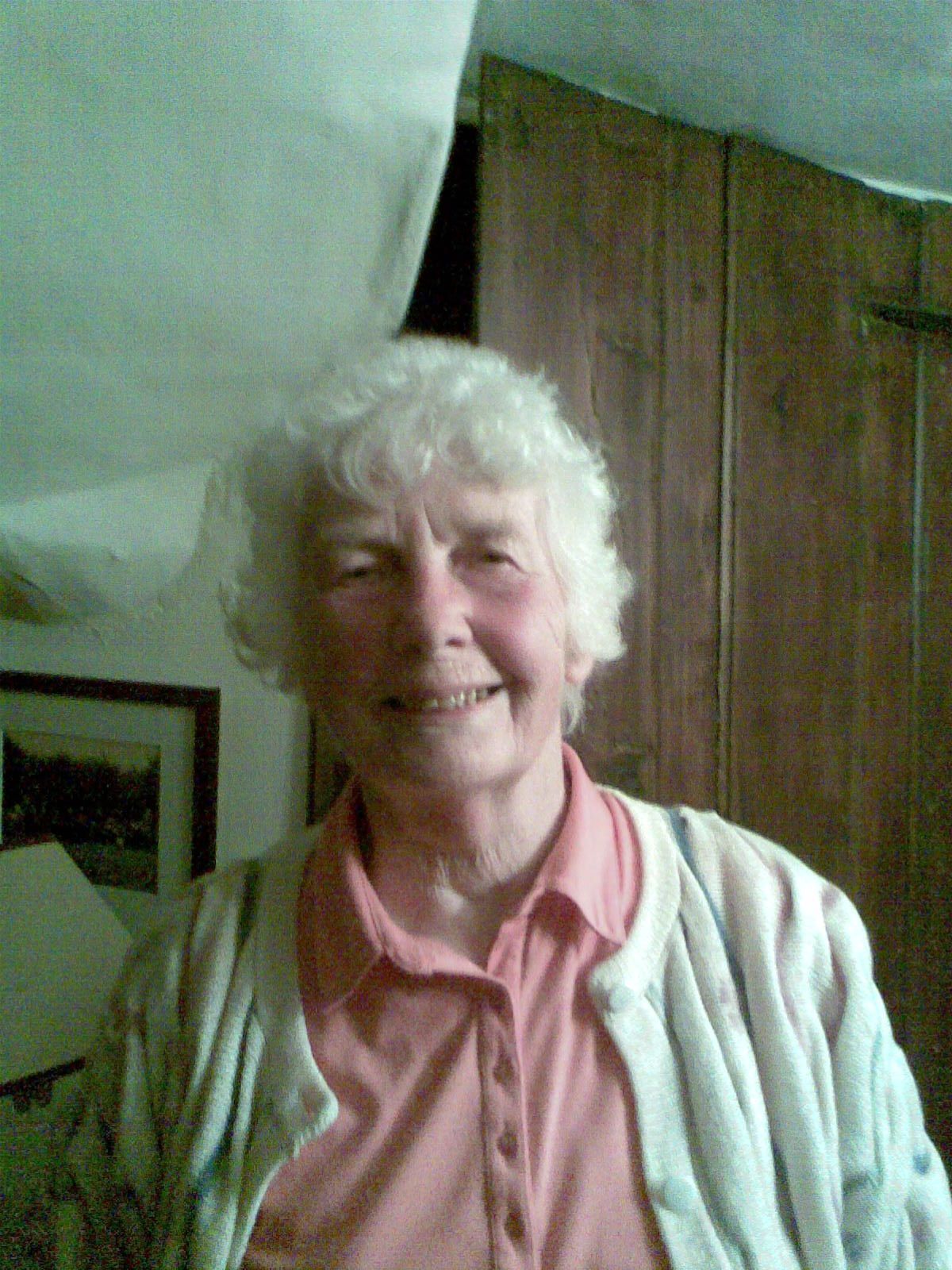I recently went and watched the current version of Beauty and the Beast, directed by Bill Condon. I loved it. I’m always willing to be seduced by a romance. This film ticked all the boxes as far as I was concerned. Love, passion, pain, denial, deceit, justice and a few more issues en route. what was not to like? I hesitated for about two weeks before allowing myself to go and see it. I didn’t have an accompanying child and was genuinely concerned about how I might be seen going to this film as a man by myself. In the end I gathered up my courage and went to see it-half expecting to be asked to produce my CRB certificate. I wasn’t!
The story lends itself to various interpretations .One is see it as a narrative about Stockholm syndrome Another reads it as a feminist story. Another as a psychoanalytic account. Or even as “just” a fairy tale! All of which can be laid onto the story. As Bruno Bettelheim wrote “… fairy tales carry important messages to the conscious, the preconscious and the unconscious mind, on whatever level each is functioning.” (The Uses of Enchantment 1975) . For this blog, I want to write about it from a psychoanalytic perspective. I want to take a Kleinian view and think about the ways in which both Beauty and the Beast have to come to terms with parts of themselves they have previously denied. And the consequences for both themselves and others if they fail to achieve this understanding.
 I think one of the many things that is going on in this story is that both Beauty and the Beast have to recognise themselves in the other.
I think one of the many things that is going on in this story is that both Beauty and the Beast have to recognise themselves in the other.
Initially they both deny the Other in themselves. Beauty hates the Beast for holding her captive. But we all know that hatred brings with it a host of other feelings. Rage, anger, fury, and a wish for vengeance, the capacity for similar cruelty. (ISIS amongst others is demonstrating this so clearly. The victim is capable of as much cruelty as the perpetrator.) In the early part of the story, Beauty can protect herself from her beastliness by projecting it into the Beast, who is a willing recipient of these feelings-for reasons of his own. For the Beast the challenge is to risk accessing his own vulnerability and allow himself to become loving and caring. To see in himself the parts of himself owned by Beauty. In so doing he has to risk rejection. There is no guarantee that Beauty will love him or see anything in him beyond his beast self. Both have a vested interest in not changing. Barrack Obama caught this idea in his comment “Change will not come if we for some other person or some other time. We are the ones we’ve been waiting for. We are the change that we seek.”
Unfortunately it is not only Beauty and the Beast who are trapped in the castle. Others are also involved and trapped by the spell that binds the Beast. They can only find freedom if the Beast learns to love. The metaphor is not difficult to see! But it remains true in the inner world. Until we learn to love and be loved, many aspects of our personality are frozen. Ironically the converse is true. If we never learn about our hatred what meaning is there to our love? (This is where I struggle somewhat with the gospel accounts of Jesus’ crucifixion etc. We are never shown his anger about what is happening to him. He is presented only as a suffering servant whose task is to fulfil someone else’s mission at considerable cost to himself. Most carers admit to knowing the shadow side of their caring self. Jesus is portrayed as having no shadow, certainly by the gospel accounts of is life.)
 For both Beauty and the Beat, their responses will affect the future of others. (Whenever someone comes to me for counselling with a history of violence I invariably assume a family history of violence. It is much the same with anxiety. The anxious woman sitting in my room nearly always comes from a line of worried women. Generations pass on their damage to the next one.)
For both Beauty and the Beat, their responses will affect the future of others. (Whenever someone comes to me for counselling with a history of violence I invariably assume a family history of violence. It is much the same with anxiety. The anxious woman sitting in my room nearly always comes from a line of worried women. Generations pass on their damage to the next one.)
In the end, both Beauty and the Beast take a risk. The result is health and wholeness for all parties. But it was a long journey!
Filed under: Counselling , Dreams , Hope , Madness , Narratives , Psychoanalysis , Psychotherapy , Religion , Spirituality , The Inner World , The unconscious , Ways of Being Tagged: Beauty and the Beast , Easter , Melanie klei n , Projective Identiication , Shadow
The post Beauty and the Beast first appeared on Terry Burridge.
Don't give up








